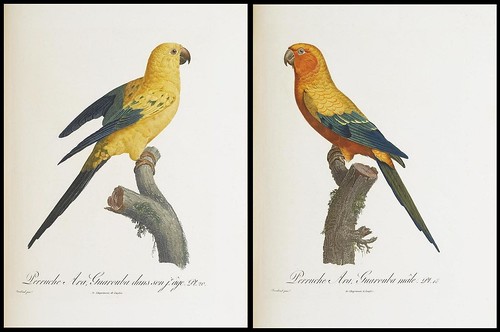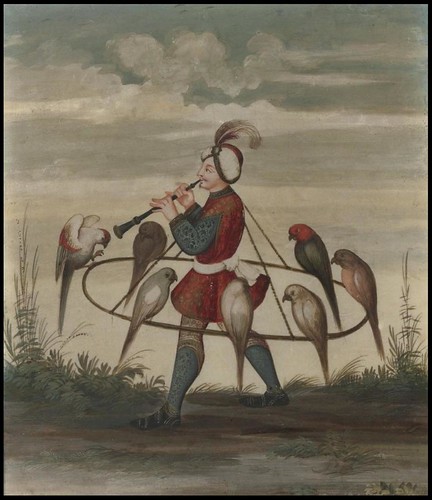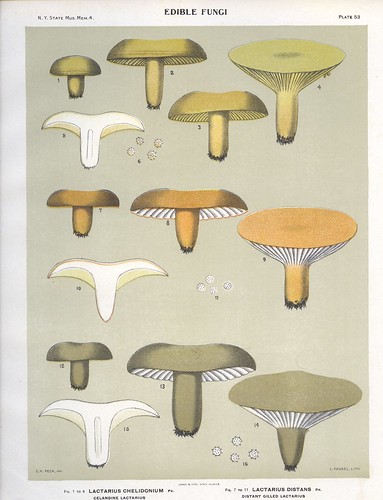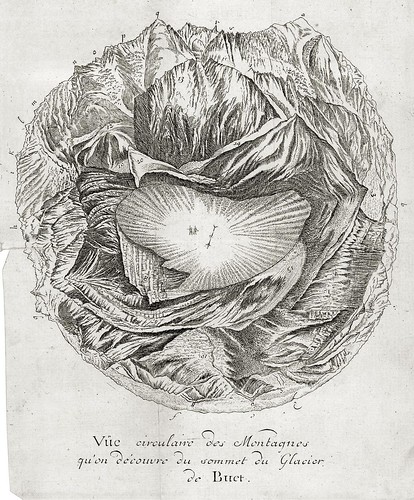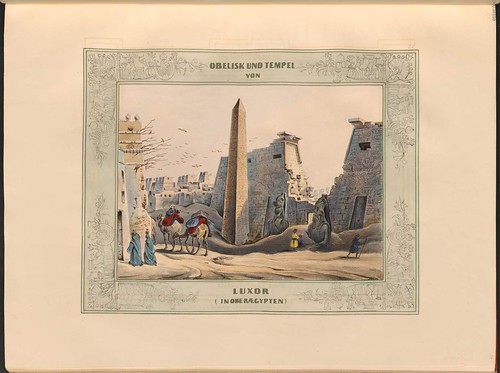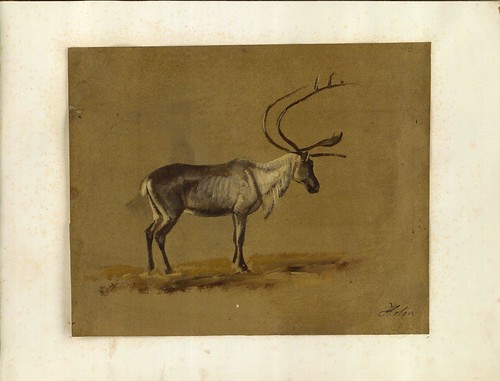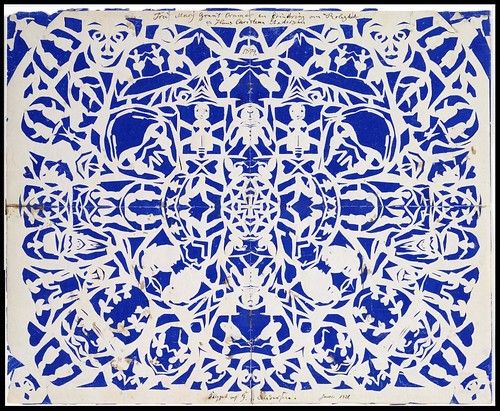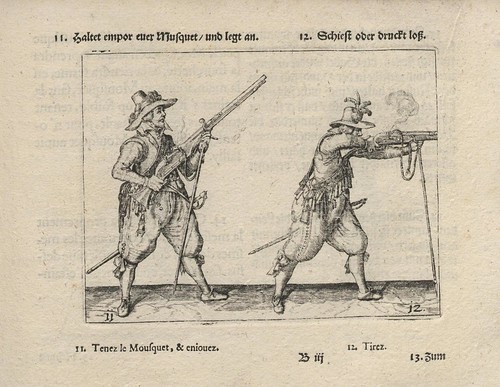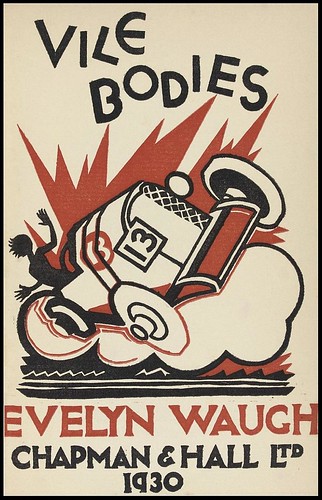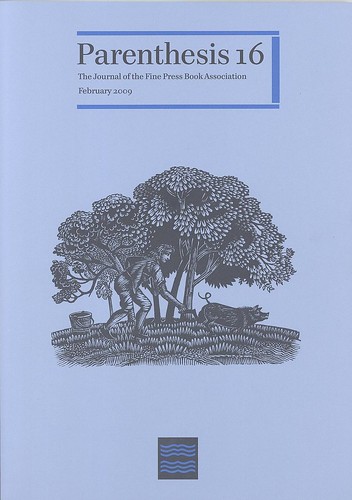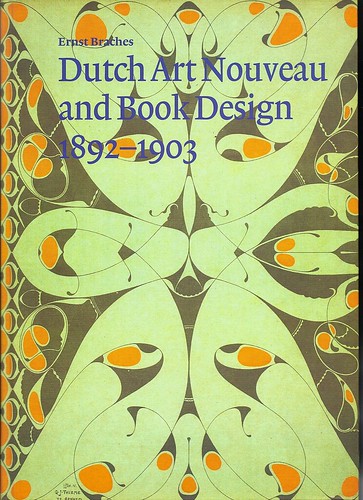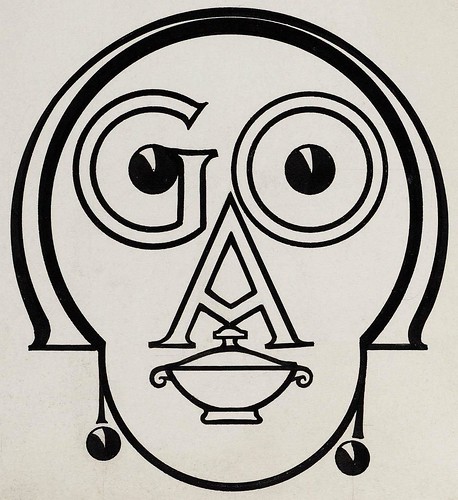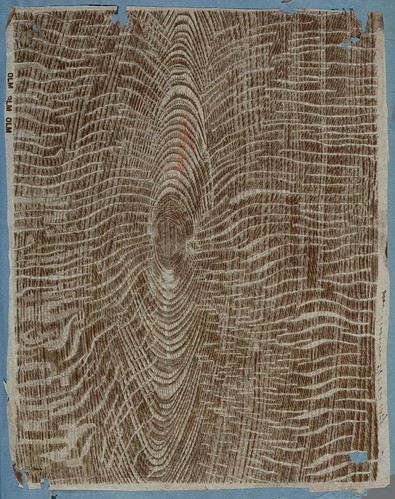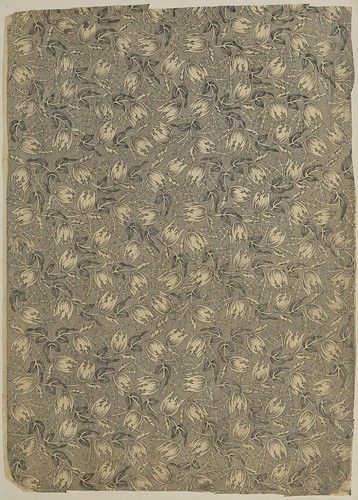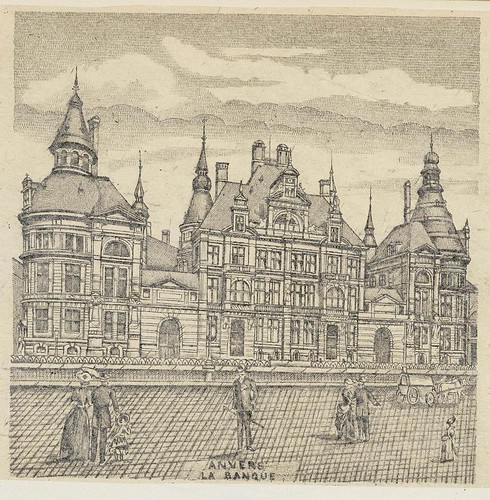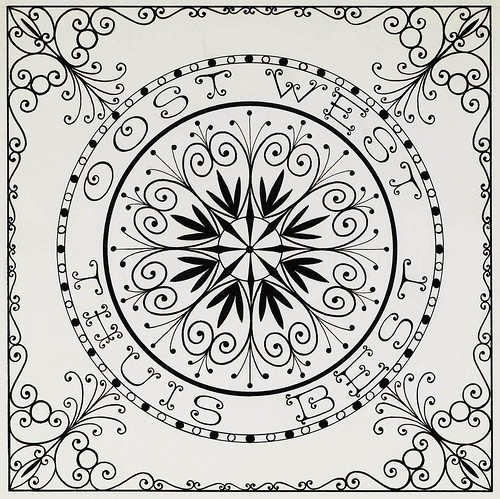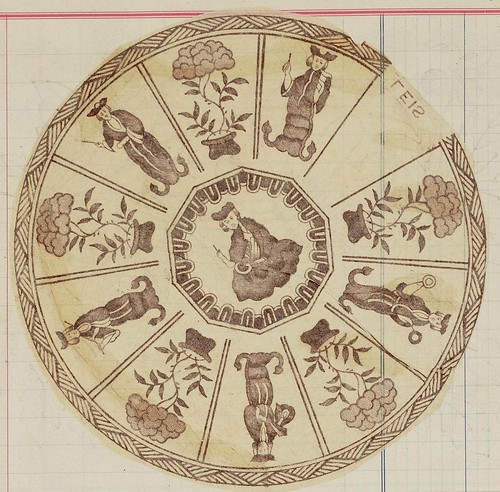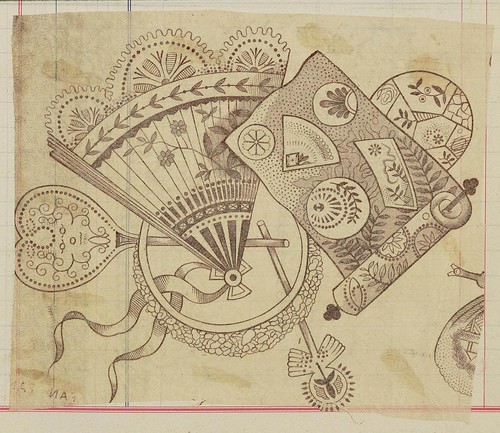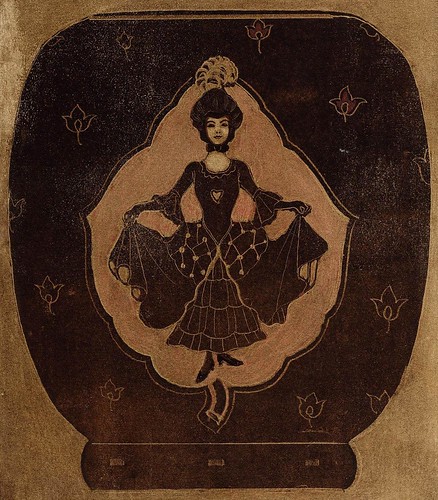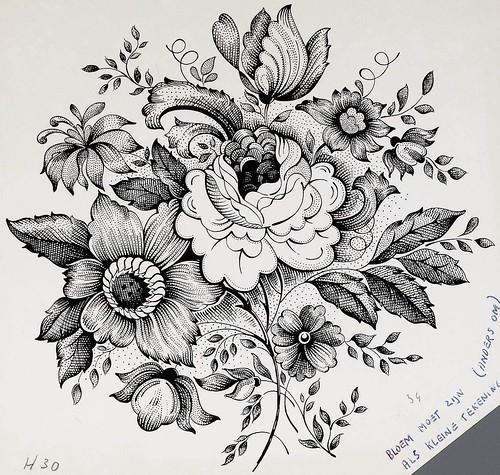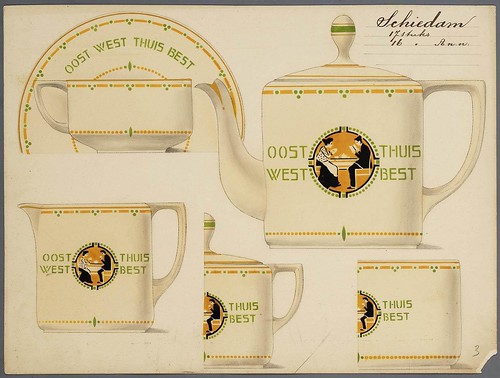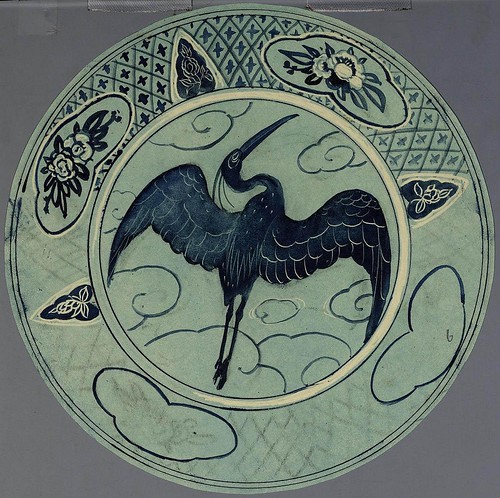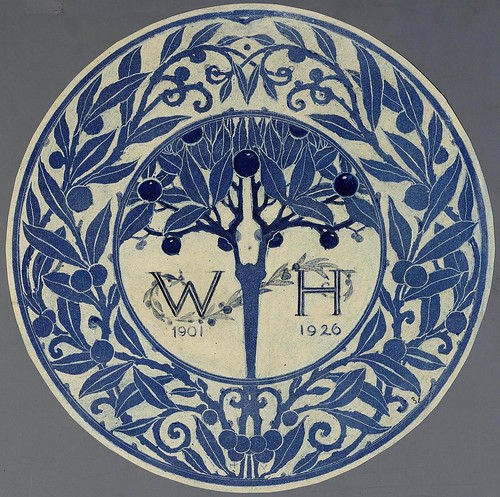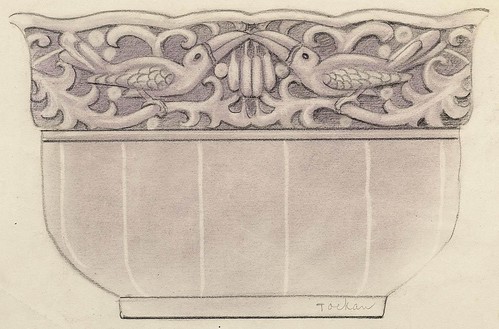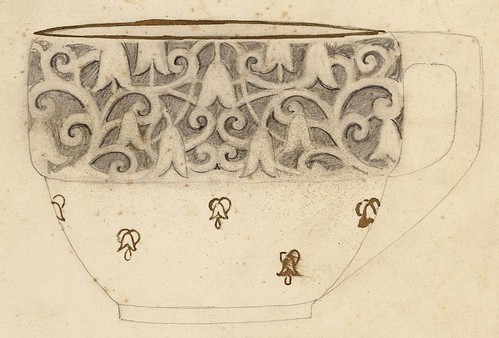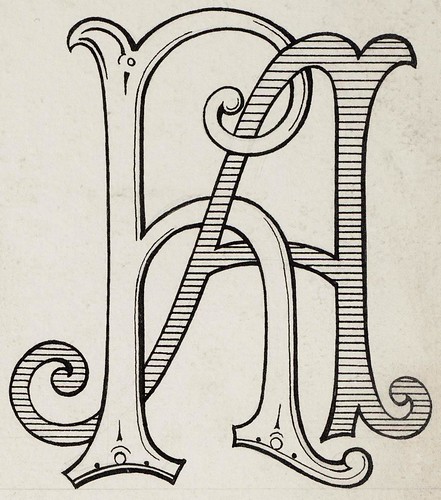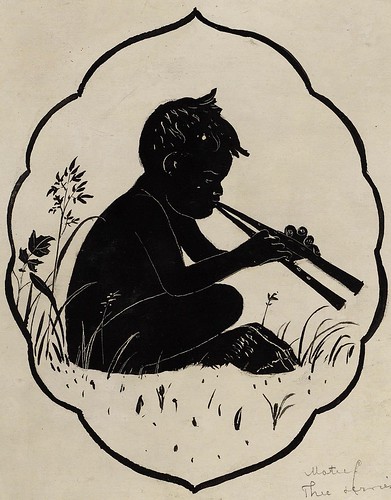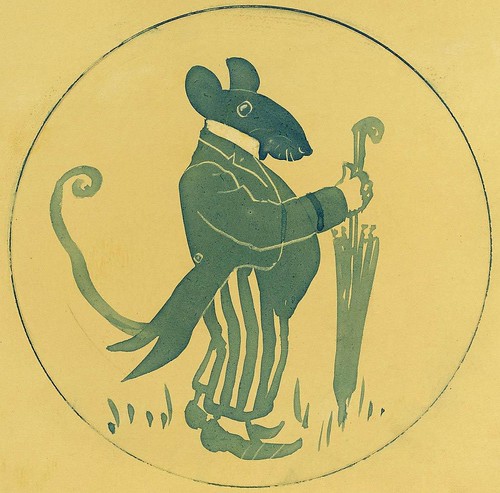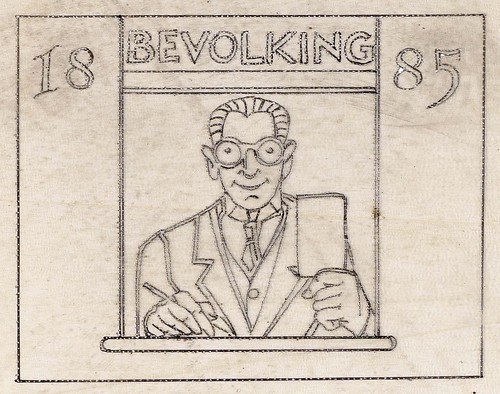of the Cartoon Political Map

Etching by James Gillray; published in London by Hannah Humphrey in 1791
Image source: British Museum
"A comic map of England formed by an old woman seated in profile to the left on the back of a dolphin-like monster, whose open mouth (right) represents the 'Thames', the two points of its tail being 'Lands End' and 'Lizard Point'. She holds a trident in her left hand. Her right hand (on which is a dove) and right foot form the north of Wales and the north of the the Bristol Channel. The peak of her cap is 'Berwick'. Many other names are inscribed round the coast. The sea forms a background."Wright & Evans, in their 1851 book, 'Historical and Descriptive Account of the Caricatures of James Gillray', describe 'Brittania' thus:
"A rather ludicrous burlesque on the map of Great Britain, the work of some amateur artist, and etched by Gillray."
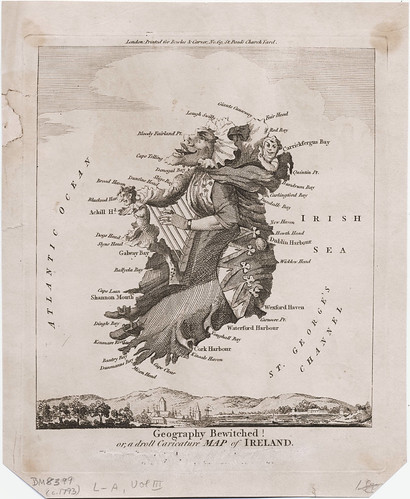
Designed by Robert Dighton; published in London by Bowles & Carver in 1793
Image source: British Museum

Designed by Robert Dighton; published in London by Bowles & Carver in 1793
Image source: Wikimedia
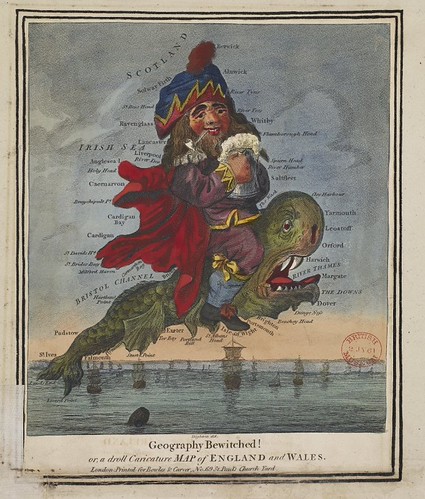
Designed by Robert Dighton; published in London by Bowles & Carver in 1793
Image source: British Museum
Robert Dighton was well known as a portrait artist and is regarded as one of the most talented social caricaturists of the late 18th and early 19th centuries. He also achieved notoriety as a thief of valuable prints from the British Museum which he sold on the open art market to supplement his income from painting and etching. Ironically, many of Dighton's original drawings and print illustrations can be now be found in - you guessed it! / (obvious) - the British Museum Prints Room.
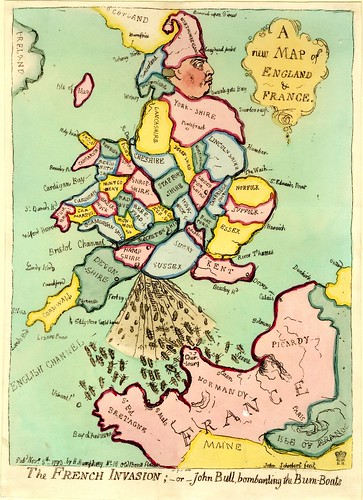
Etching by James Gillray; published in London by Hannah Humphrey in 1793
Image source: British Museum
"A comic map, inscribed 'A new Map of England & France', actually showing England and Wales, the SW. corner of Scotland, the north of France, just including 'Paris', and the Belgian coast as far as Ostend. England is represented by the body of George III (John Bull), his head in profile to the right, wearing a fool's cap composed of 'Northumberland'. His left leg is drawn up, Norfolk forms the knee, the mouth of the 'River Thames' the ankle, Kent the foot. His outstretched right leg terminates as Cornwall.
From the coast, at the junction of 'Hampshire' and 'Sussex', issues a blast of excrement inscribed 'British Declaration', which smites a swarm of 'Bum-Boats' extending from Ushant to the mouth of the Seine. The map is divided (inaccurately, and with omissions, but with a rough correctness) into counties, Wales representing the flying coat-tails of the King, who strides across the ocean with great vigour."
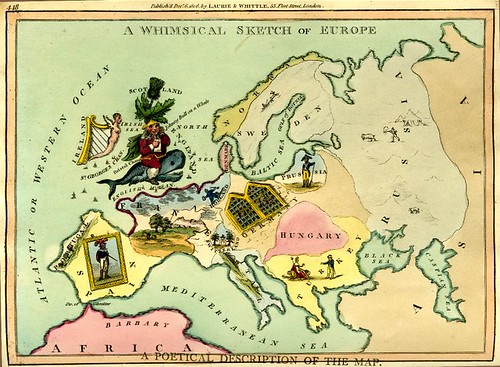
Published in London by Laurie & Whittle in 1806
Image source: British Museum
"Great Britain is an adaptation of [the Gillray print above] inscribed 'Johnny Bull on a Whale'; a thistle growing out of his head represents 'Scotland'; an Irish harp is 'Ireland'. The contour of Europe is roughly correct; on most of the countries are little figures or scenes. On 'France' a landscape (torn). On 'Spain' a whole length portrait of (?) Charles IV, hanging askew. On 'Switzerland' a funeral urn flanked by yews. On 'Portugal', as on 'Italy', a landscape. On 'Holland' a Dutch toper. On (west) 'Germany' crowned heads looking out through prison bars. On 'Prussia' is an infantry soldier. On 'Sweden' a reindeer sledge; 'Norway' and 'Denmark' are blank. On 'Russia' are polar bears, &c. In 'Turkey' a Turk advances towards Britannia, who is seated, with cap of Liberty, Lion, and olive-branch. Below [not seen]:
'Oft we see in the shops, a print set up for sale,
England colour'd, an old fellow striding a whale:
Yes! Old England's a picture, the sea forms its frame,
And Hibernia and Scotia they class with the same. "

or
'Europa aus der Vogelschau'
(Comical Battlefield Map or Birds-Eye View of Europe)
Published in Hamburg by B.S. Berendsohn in 1854
Image source: University of Amsterdam
"A bibliographically unknown caricature map of Europe showing the political situation of the Crimean War. The Russian Bear, wearing the Imperial crown labeled “Despotism” and branding a cat-o-nine-tails whip strides eastward but looks westward over its shoulder toward an enslaved, chained Polish maiden on her knees. The region labeled “Engentliches Russland” (The Real Russia) is marked Verrath (Teason), Bigottery (Bigotry), etc. The toes of the Russian bear’s right foot take the form of the Crimean peninsula where the French and English fleets gather to “clip the bear’s claws”. The Treaty of Paris, March 1856 concluded the Crimean War and forbade Russia to maintain a fleet in the Black Sea." [source]
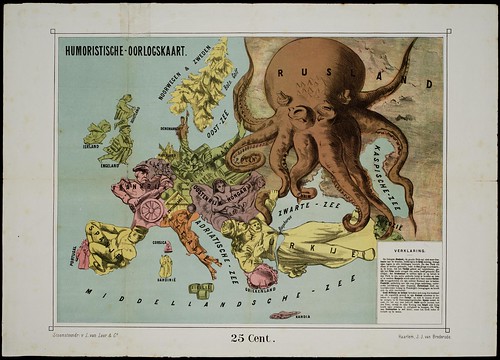
(Humorous War Map)
Published in Haarlem by J.J. van Brederode in 1870
Image source: University of Amsterdam
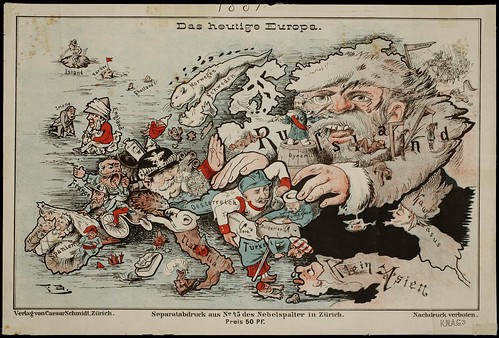
(Today's Europe)
Published in Zurich by Caesar Schmidt in 1875
Image source: University of Amsterdam
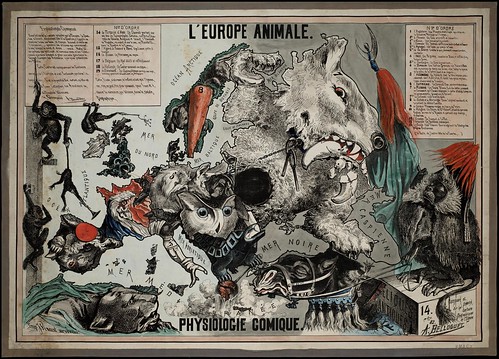
(The European Animal - Comical Physiology)
Designed and drawn by A. Belloquet; published in Brussels by Vincent in 1882
Image source: University of Amsterdam
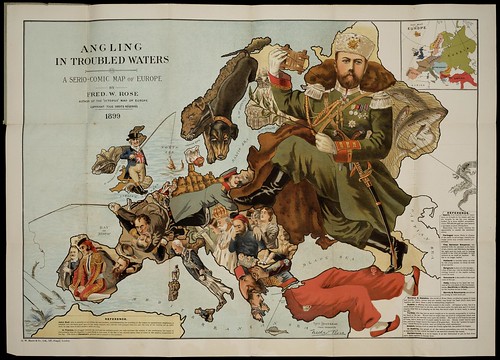
After the design of Fred W Rose; published in London by GW Bacon in 1899
Image source: University of Amsterdam
(I've posted a version of this map before but this is a much better and larger image)
Re: Fred W Rose (but not specifically about the above map) -
"Caricaturist Fred W Rose created [..] this cartoon map in 1877, when British hostility to Russian territorial ambitions in the Balkans, at the expense of the tottering Ottoman Empire, were at its height. [..] British determination to resist what were held to be Russia's overweening territorial ambitions was not confined solely to India.
The Balkan crisis of 1877, in which the British government sided with the Ottoman Turks against the Russian tsar, led to the publication of a curious Serio-Comic War Map by the noted Victorian graphic artist and caricarturist Fred W Rose. It illustrated the threat posed to British interests by the Russian octopus in its quest for world domination. Rose continued to produce eyecatching cartographical curiosities for the rest of the century, including what was probably his masterpiece, 'Angling in Troubled Waters: A Serio-Comic Map of Europe' in 1899."
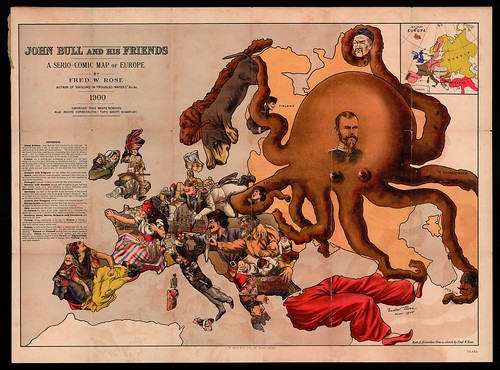
A Serio-Comic Map of Europe'
After a design by Fred W Rose; published in London by GW Bacon in 1900
Image source Centre Excursionista de Catalunya (Memòria Digital de Catalunya) [previously]
"Great Britain - John Bull has been attacked by two wild cats. He is however able to rely on the stores of ammunition behind him, as well as his own pluck and great resources. The letter at his feet from his friend Uncle Sam, would be more encouraging were it not for the post-script. The Nationalist section in Ireland has taken this opportunity to vent his abuse upon him, but is restrained by the loyalty of the people.
France too, is scolding and threatening to scratch with one hand, while with the other she is beckoning on Germany to help her. Although the Dreyfus affair is thrust into the back-ground she is much occupied with her new doll's house. She has somehow managed to break all the toys on her girdle and her heart is sore, for she attributes these disasters to John Bull.
Holland and Belgium are also calling him unpleasant names.
Spain, weary with her recent struggles, remembers that John was in no way inclined to help her, and looks up hoping to see him attacked by some of her neighbours.
Portugal is pleased to think he holds the Key of the situation.
Norway and Sweden though still struggling to get free from their mutual leash, turn their attention to John's difficulties, while Denmark is kindly sending him a present of provisions.
Austria and Hungary will be content with dreadful threats
Switzerland's satisfaction that her Red Cross has done good service, is marred by the news of John's victories, which she is reading.
Italy alone holds out the hand of encouragement to his old friend.
In Corsica the shade of her great departed son is wondering why people don't act, as he would have done, instead of growling and cursing.
Turkey, resting comfortably on his late foe Greece, is smiling at the thought that these troubles do not harm him and perhaps he is not sorry that John will not come to much harm.
Russia, in spite of the Tzar's noble effort to impress her with his own peaceful image, is but an octopus still. Far and wide her tentacles are reaching. Poland and Finland aleady know the painful process of absorption. China feels the power of her suckers, and two of her tentacles aer invidiously creeping towards Persia and Afghanistan, while another is feeling for any point of vantage where Turkey may be once more attacked."
"Fascinating political caricature map by Frederick Rose of the countries of Europe, known as the Octopus Map from the brooding presence of the Russian Empire depicted as a massive octopus, whose tentacles stretch out towards Europe. China is shown in the grasp of Russia, as is Persia and Poland. France and Spain are attractive women, while Germany, Italy and England are Military commanders. his map, by Rose, followed the style created by a Frenchman, Joseph Goggin, showing Russia as an octopus."
[All the University of Amsterdam images were spliced together from 20+ screencaps. They are linked through to large versions, but note that very large images were uploaded to Flickr in which all the map text should be legible. However, the Flash zoom module at the source site provides the highest resolution views.]
I think I'll refrain from providing additional commentary on this occasion, save for noting that the above array of maps are a sampling and not intended as a comprehensive visual timeline arrangement. Many important examples are missing (some are scattered through the archives here) and this selection only covers one century of a tradition that probably dates back to the early 14th century work of Opicinus de Canistris.
I recommend reviewing the Dogs of War post from last year which has some general background notes/links and Roderick Barron's illustrated article [pdf], 'Bringing the map to life: European satirical maps, 1845-1945' is worth reading.
See also:
- Political Cartoon Maps at Cartographic Associates.
- "humorous map" at the Visual Arts Data Service.





